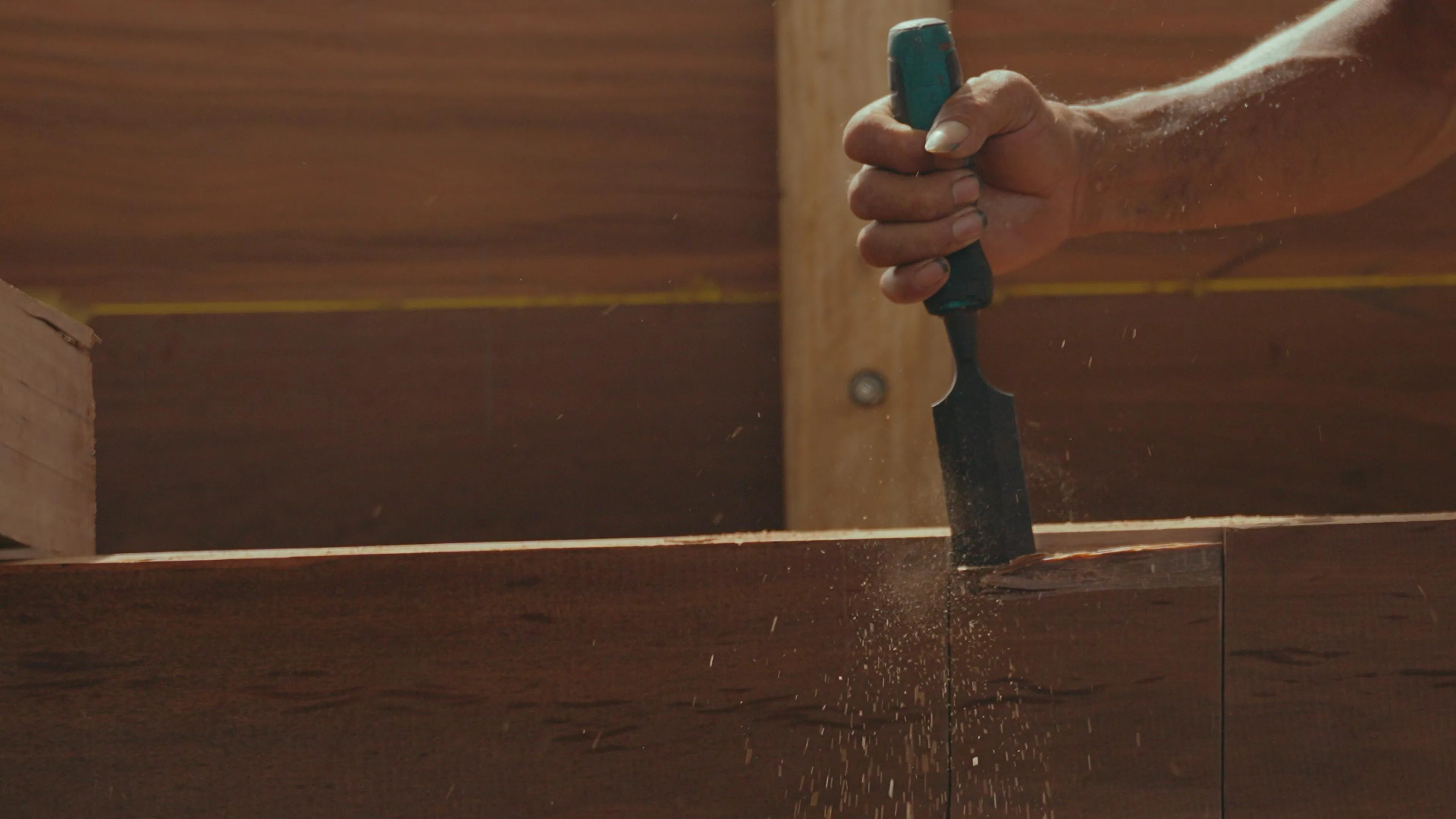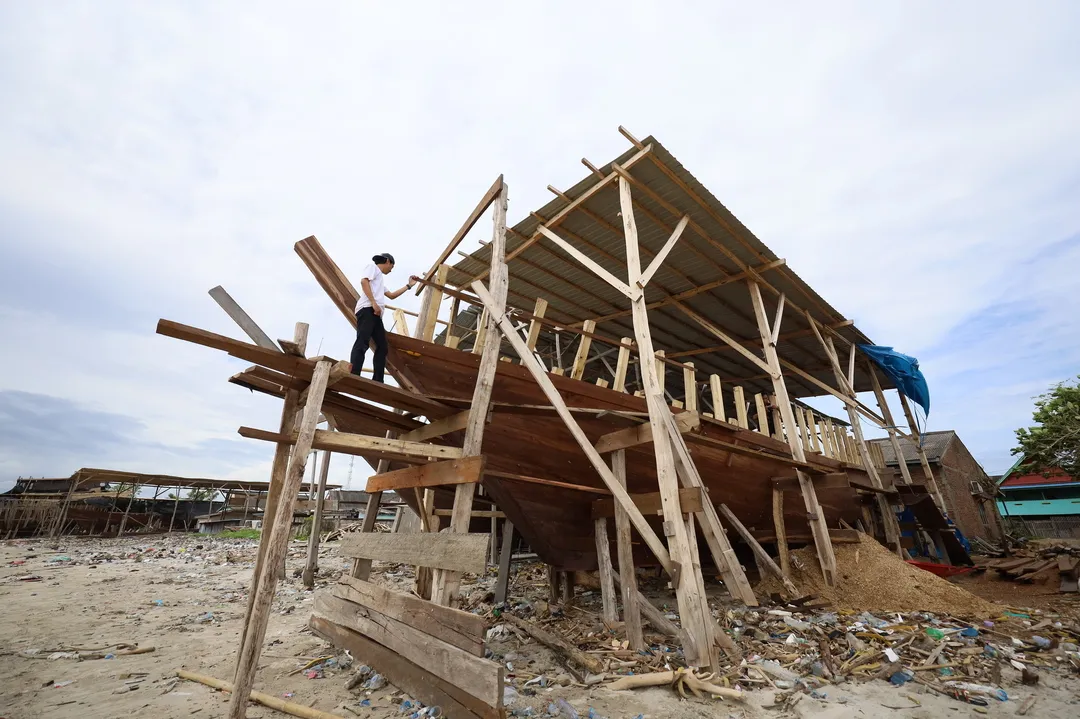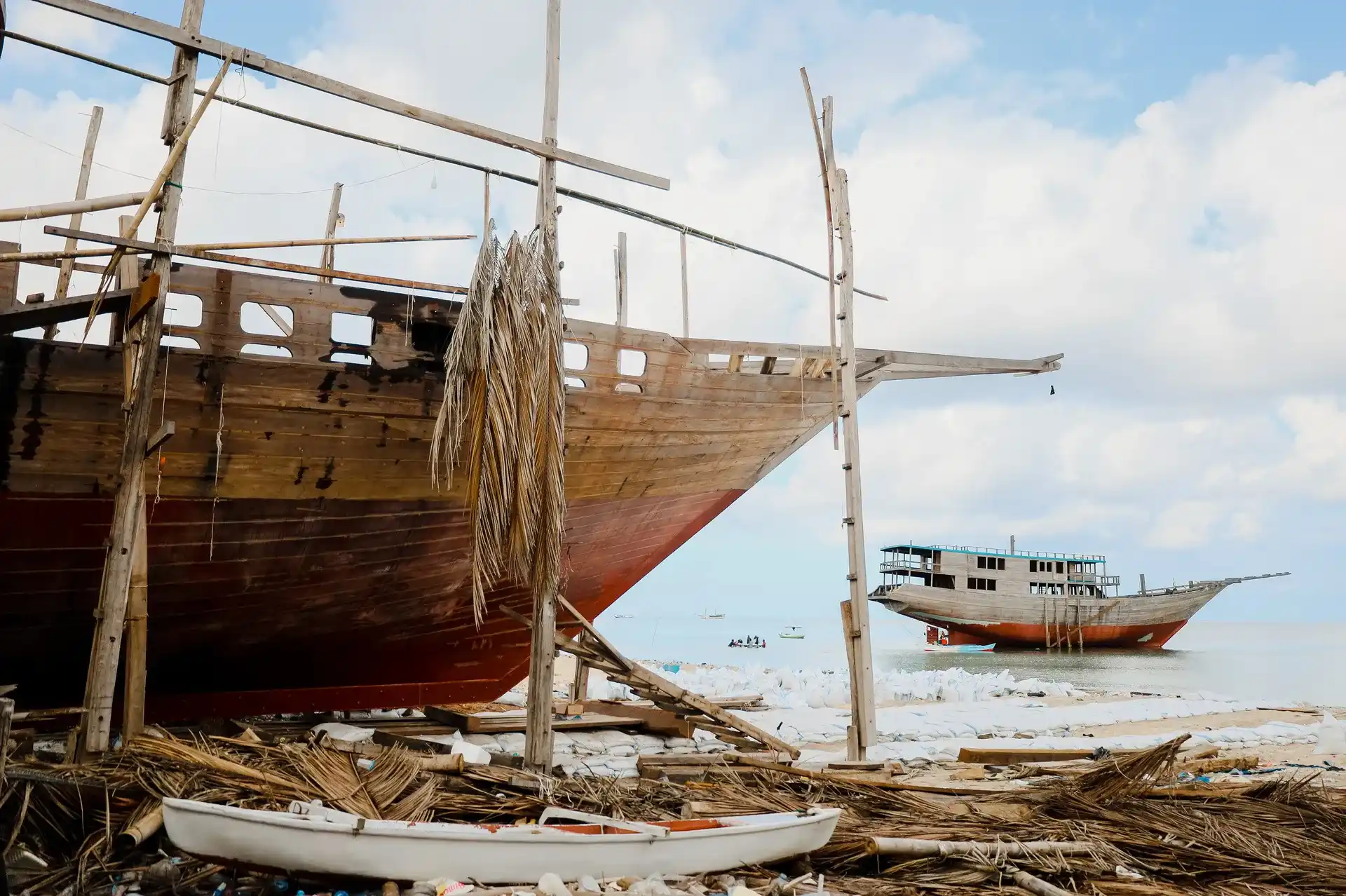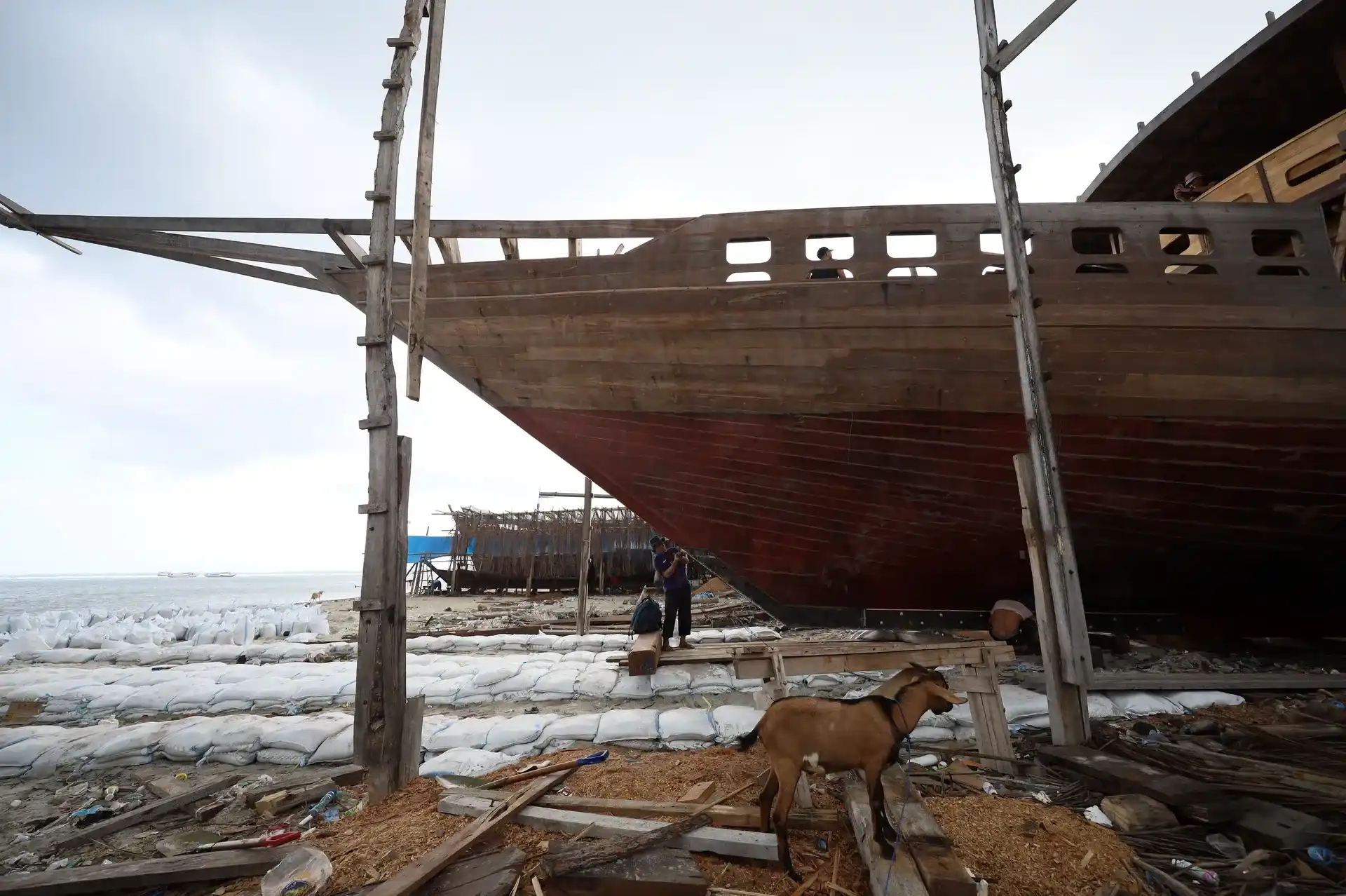Exploring the History of the Phinisi Boat and Its Cultural Legacy
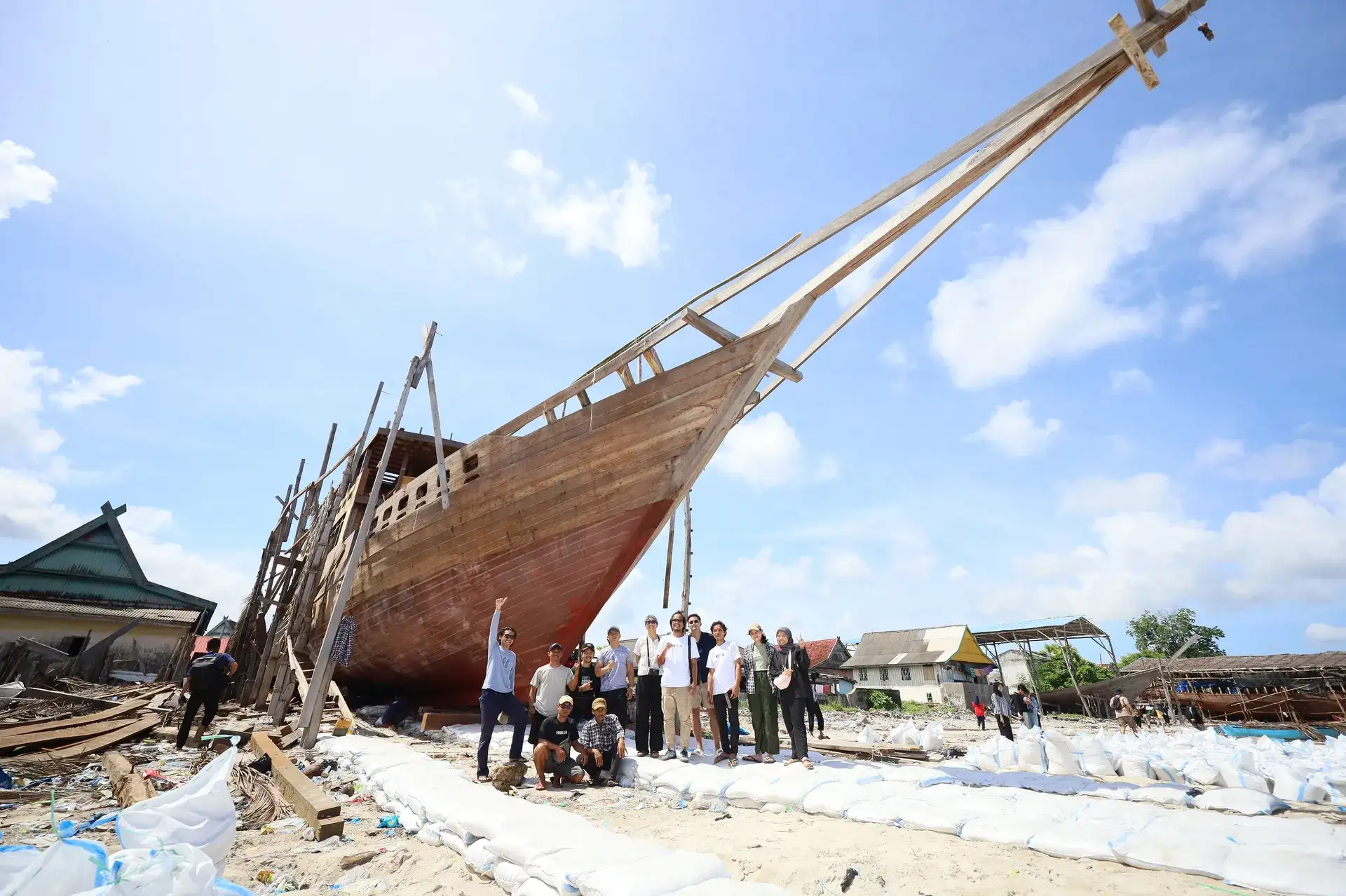
Indonesia’s maritime identity is woven into the very fabric of its culture. And among the many legacies shaped by the ocean breeze and island-to-island trade routes, the Phinisi boat stands out as a symbol of craftsmanship, heritage, and resilience. But the history of the Phinisi boat is more than just a chapter in seafaring—it is a living tradition that continues to evolve and inspire.
Join us, Voyagers, as we trace the origins, meaning, and continued relevance of this Indonesian maritime masterpiece.
The Roots of the Phinisi: A Cultural Marvel at Sea
For you, Voyagers, who value the soul behind the sail, the story of the Phinisi begins in South Sulawesi, home to the seafaring Bugis and Makassarese peoples. These communities crafted the Phinisi not just as a vessel for trade and exploration but as an embodiment of their deep spiritual and cultural values. Each ship carried more than goods—it bore the hopes, rituals, and craftsmanship of generations past.
This boat was more than a tool; it was a declaration of identity. As these majestic ships journeyed across the Indonesian archipelago and beyond, they became symbols of connection and resilience. To this day, the Phinisi continues to reflect Indonesia’s relationship with the sea—practical, poetic, and profoundly personal.
Read Also: Phinisi vs. Boat: Tradition and Innovation in Indonesian Maritime
Traditional Boatbuilding Techniques
One of the most captivating parts of this tale, Voyagers, is how a Phinisi is born—not from blueprints, but from legacy. The shipbuilding process is a sacred blend of memory, spirit, and collective wisdom. Let’s take a closer look at the time-honored steps that bring the Phinisi to life:
- Oral Knowledge and Intuition Over Blueprints
- Unlike most modern vessels, the Phinisi is not built using engineering plans. Instead, the shipwrights—called Panrita Lopi—rely on knowledge passed down orally through generations. Each measurement, cut, and curve is guided by memory, intuition, and experience. This approach not only preserves traditional wisdom but also fosters a strong emotional connection between the builders and the vessel.
- Rituals to Honor Nature and Ancestors
- Before the first plank is laid, rituals are performed to seek blessings from the spirits of the sea and the ancestors. These ceremonies are essential—they honor the source of the timber, ask for safe voyages, and ensure spiritual balance. From choosing the right day to begin construction to the placement of symbolic items in the keel, every act is intentional and sacred.
- Collaborative and Communal Construction
- Phinisi shipbuilding is never a solo endeavor. It brings together skilled carpenters, apprentices, and local villagers in a shared process that can span months or even years. The atmosphere is not just industrious—it’s celebratory. Meals are shared, songs are sung, and stories are told, turning the process into a cultural gathering that strengthens community bonds.
In addition to these practices, the wood used to build a Phinisi is carefully selected, often from ironwood or teak, prized for their durability and resistance to sea conditions. The construction process also incorporates traditional joinery techniques like wooden dowels and natural resins that allow the ship to flex and withstand turbulent waters.
The design of the Phinisi, with its sleek hull and distinctive sails, is optimized for both speed and cargo capacity, enabling long voyages across unpredictable seas. This holistic approach to boatbuilding underscores the harmony between human craftsmanship and nature’s elements.
Recognized by the World: A UNESCO Heritage
In 2017, the world finally recognized what many Voyagers have long believed: the Phinisi is a global cultural treasure. UNESCO officially inscribed the Phinisi boatbuilding tradition, specifically from South Sulawesi, as part of the Representative List of the Intangible Cultural Heritage of Humanity.
This recognition focuses on the unique art of building the "Pinisi" or Phinisi vessels, which are traditional two-masted wooden sailing ships crafted primarily by the Bugis and Makassarese communities in villages such as Tana Beru, Bira, and Batu Licin.
Unlike modern ships built with blueprints, these Phinisi are created through oral knowledge passed down through generations, involving ritual, prayer, and handcrafting techniques such as carving planks with adzes and chisels, and fastening using wooden pegs rather than nails.
But more importantly, Voyagers, the Phinisi doesn’t live behind museum glass—it sails. It still moves across seas as a testament to a living, breathing tradition that refuses to fade.
Read Also: Indonesia Maritime History Timeline: From Ancient Trade to Global Influence
Between Past and Present: The Phinisi Today
Voyagers, imagine stepping aboard a Phinisi—not just as a passenger, but as part of a legacy that bridges generations. Today, the Phinisi is no longer limited to trade—it has evolved, adapted, and diversified. Here's how the Phinisi continues to make waves in modern times:
- Eco-Tourism and Cultural Cruises
- Many Phinisi ships have been transformed into luxurious yet sustainable charter vessels that offer more than just scenic voyages. Guests can learn about Indonesian maritime history, enjoy traditional cuisine, and experience firsthand the craftsmanship that defines each vessel. These journeys are immersive cultural experiences designed for those who seek meaning behind every mile.
- Education and Youth Empowerment
- Phinisi ships are increasingly used for educational initiatives—both on the sea and on land. From student expeditions to cultural outreach programs, they serve as floating classrooms where young Indonesians can connect with their roots while learning navigation, history, and sustainability.
- Symbol of Cultural Diplomacy
- Indonesia has used the Phinisi as a soft diplomacy tool in global forums. These ships represent more than national pride—they symbolize the nation’s commitment to preserving culture while embracing innovation. They have made appearances in international expos, cultural festivals, and diplomatic events as a symbol of harmony between tradition and modernity.
Keeping the Legacy Alive
Voyagers, the story of the Phinisi does not end here—it lives on in every craftsman’s chisel, every sea breeze that fills its sails, and every young person inspired by their heritage. Supporting local boatbuilders, like those at Riara Marine, helps ensure this legacy does not fade. It’s not just about building boats; it’s about building identity, pride, and cultural continuity.
Read Also: 5 Traditional Boats in Indonesia That Showcase Maritime Heritage
Explore Boat Construction at Riara Marine: Where Phinisi Tradition Meets Innovation
To be part of this living legacy, set your compass toward Riara Marine in South Sulawesi. This is where time-honored Phinisi craftsmanship meets cutting-edge maritime innovation. Riara Marine continues the story—building vessels that blend aesthetic beauty with structural excellence, honoring tradition while embracing new design methods.
Whether you are an enthusiast, a cultural explorer, or someone looking to commission a vessel, Riara Marine offers a rare opportunity to witness the creation of both traditional Phinisi ships and modern boats—crafted side by side with care, wisdom, and vision.
Want to learn more or discuss a Boat Construction project? Contact the Riara Marine team today and become part of a maritime journey where innovation honors tradition.

